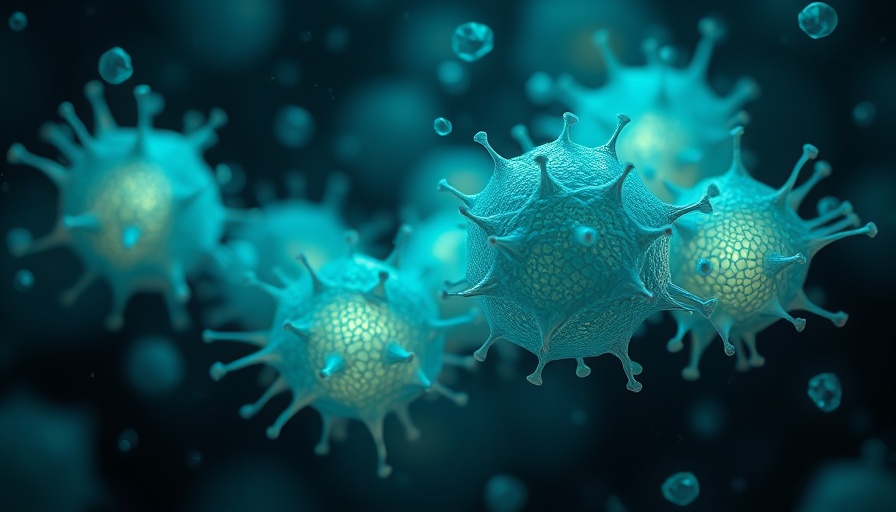
Understanding the Role of Hedgehog Signaling in Mitotic Spindle Orientation
Recent research has shed light on the intricate role of Hedgehog (HH) signaling in regulating mitotic spindle orientation within neural progenitor cells (NPCs) and induced pluripotent stem cells (iPSCs). A detailed study conducted by a team at St. Jude Children’s Research Hospital reveals that HH signaling not only modulates the spatial arrangement of the mitotic spindle but also directly influences cellular division processes, which are vital for tissue organization and development.
Implications for Stem Cell Therapy and Cellular Rejuvenation
The findings from this study have significant implications for fields such as stem cell therapy and regenerative medicine. By understanding how HH signaling interacts with cellular structures like astral microtubules, researchers can refine approaches to enhance cellular health and rejuvenation. This knowledge is particularly relevant for health-conscious individuals, aged 30-55, looking to improve vitality through advanced therapies.
A Closer Look: Mechanisms of HH Signaling in Cellular Processes
A key finding of the research indicates that HH signaling reduces both the number and length of astral microtubules, crucial components that control spindle orientation. This process is linked to a transcriptional mechanism where HH signaling upregulates genes associated with microtubule dynamics, influencing how cells behave during division. Such insights could inform therapies aimed at reversing cellular senescence, thereby promoting anti-aging benefits.
How This Research Ties into Regenerative Medicine
The connection between HH signaling and mitotic spindle orientation might open avenues for innovative treatments targeting cellular aging. For example, therapies enhancing mitochondrial function, or utilizing NAD+ boosters, could leverage this understanding to stimulate autophagy and cellular repair, key processes in maintaining youthful cellular function. By implementing strategies that support these cellular mechanisms, individuals can potentially extend their healthspan and combat aging.
Future Directions in Research and Application
Moving forward, researchers will need to investigate the broader implications of their findings across various cell types and tissues. The relationship between the regulation of mitotic spindle orientation via HH signaling and its impact on disease states or tissue degenerative processes may offer critical insights into developing effective anti-aging therapies and enhancing cellular rejuvenation strategies.
Conclusion: The Path Forward in Cellular Health
This research not only uncovers essential mechanisms but also highlights the importance of targeting cellular pathways to improve health and longevity. Health-conscious individuals should stay informed about developments in regenerative medicine, as these findings could pave the way for groundbreaking interventions that maintain youthfulness and vitality.
 Add Row
Add Row  Add
Add 




 Add Row
Add Row  Add
Add 


Write A Comment